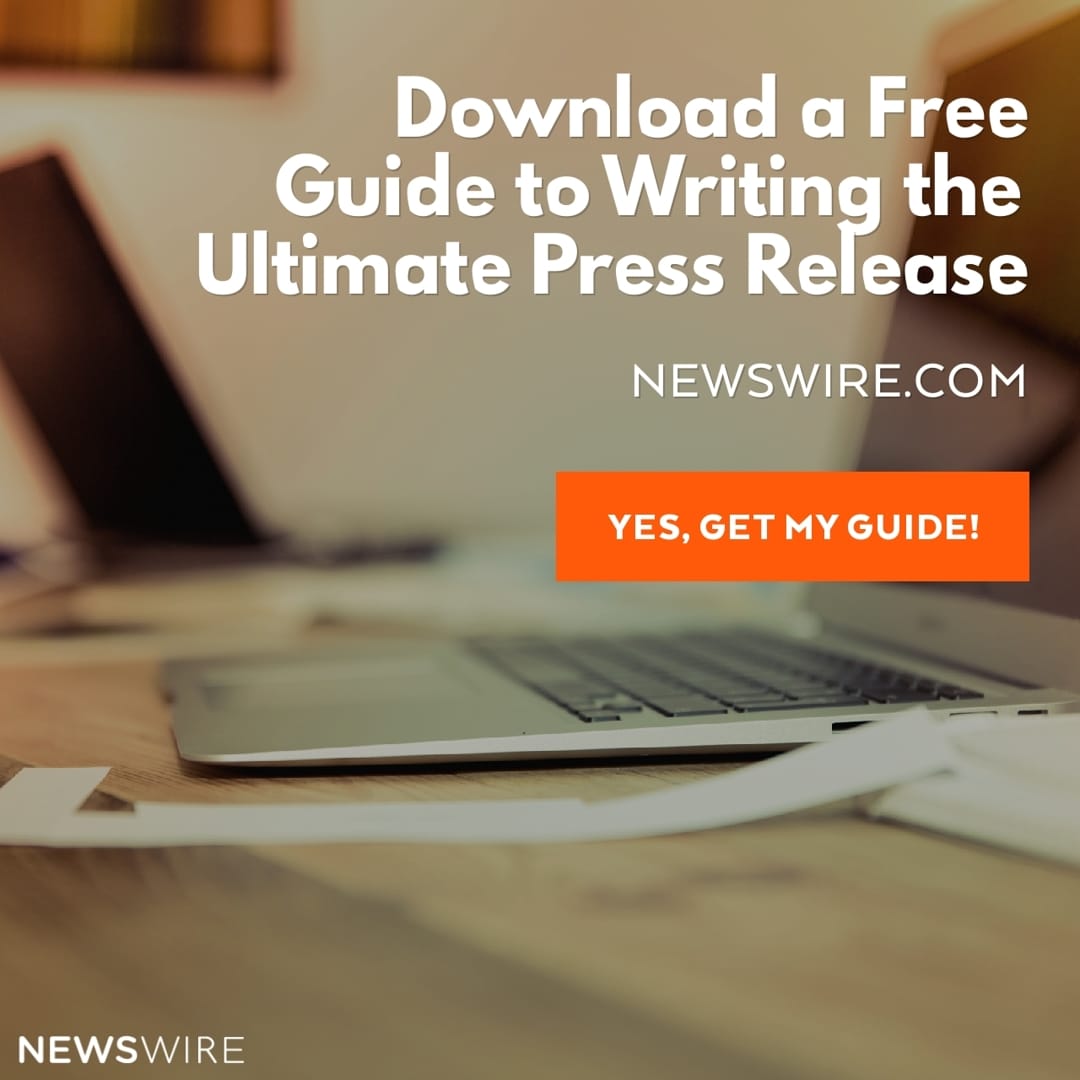
The Structure Of An Effective Press Release Headline
There are a number of essential aspects to the structure of an effective press release headline. They are not very much different from a newspaper headline. When creating your headlines, think of ‘front page’ news, that is, a story so important it deserves to be on the front page, and write your headline accordingly. Here are a few examples to illustrate effective press release headlines.
1-Microsoft to acquire LinkedIn
This was the headline of Microsoft’s own press release. It is straightforward, factual and keyworded: Microsoft and LinkedIn. It is also newsworthy due to these 2 companies being involved. Acquired is a more formal, business-like term for buys.
2-Microsoft and LinkedIn: Together Changing the Way the World Works
This is the headline of the LinkedIn’s own press release. It connects these 2 top companies but also implies equality and cooperation. There is no mention of LinkedIn being acquired (bought). The word “together”is put close to the name of the companies, which also implies equality. Look at how the impression changes if we move it: Microsoft and LinkedIn: Changing the Way the World Works Together
This version would emphasize the verb changing, making it sound more active, compared to the implication of equality in the first version. The headline is therefore putting a positive spin on the acquisition – that things are not going to change for the worse, but for the better. The phrase changing the way the world works also suggests what an important piece of news this is and the word world also implies that things will never be the same again.
From these 2 versions, we can see how important structure is in headlines. They need to tell us who is involved and what happened. The choice of verbs is always going to be key. Try to make them active and even dramatic, rather than stiff and formal. Pay attention to the word order, because as we see from example 2, moving a single word can change the entire focus, attention and implication of the headline.
3-Microsoft to Acquire LinkedIn for $26.2 Billion
This headline from the Wall Street Journal uses the verb to acquire. The verb buys would imply that the deal had already gone through. The phrase to acquire implies the deal will happen in the future – it has not happened yet.
4-Microsoft Buys LinkedIn for $26.2 Billion, Reasserting Its Muscle
This headline from the New York Times gives the same facts, but the clause at the end of the headline adds a new dimension to the story, one that might be intriguing to readers. The word reasserting means asserting again, with the implication that Microsoft had power, lost it, and are now trying to get it back again. This is reinforced by the word muscle, which also implies power. This headline stands because it suggests that the author has some sort of insider knowledge or a reason for this perspective.
5-Microsoft to buy LinkedIn for $26.2B in cash, makes big move into enterprise social media
This headline from the Tech Crunch website gives us even more detail and commentary, telling us the purchase was in cash, and the reason it was made, to change the game (big move) in the social media space. The word enterprise related to business, so it is being done in order for Microsoft to grow their business.
As you can see from each of these headlines, the writer is using keywords, word choice, and overall structure to convey meaning and grab attention. Now that you know how important structure can be, practice re-writing your headlines and see what a difference it can make to your press releases.




